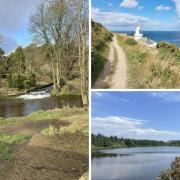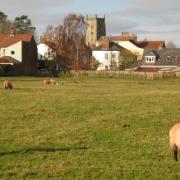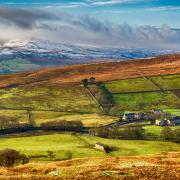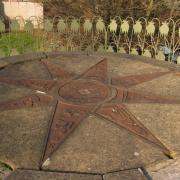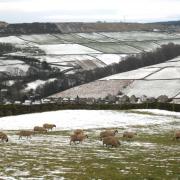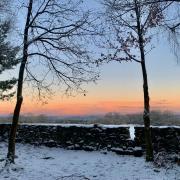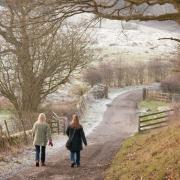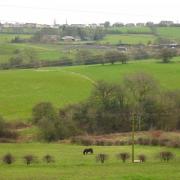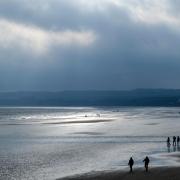Savour the colours on this lovely autumn walk in the Calder Valley, West Yorkshire.

This walk was published in October 2013, so the details of the route may no longer be accurate, we do advise these articles should only be used as a guideline for any potential route you take and you should double check an up to date map before you set off.
Hebden Bridge huddles deep in the Calder Valley, an archetypal mill town where the canal, main road and railway writhe, intertwine and jostle for space on what little flat ground they can find. Above them gritstone terraces, once home to those who worked long hours at the looms, cling to the hillsides. These days it is an attractive spot, much loved by visitors and those seeking alternative lifestyles. But behind the town is another gem, Hardcastle Crags, where some 400 acres of woodland provides a welcoming green buffer between the town and the high moors that surround it. Now in the care of the National Trust, the woods and their deep side valleys have over 15 miles/24km of footpaths and are home to a 19th century mill with a surprising history and a very modern spin. There is no better time to see them then when the leaves begin to turn and take on their autumnal finery. This walk takes in two of its major valleys.
Directions
It starts from the main car park at the end of the quirkily-named Midgehole Road, off the Keighley road. From there return to the main entrance and cross the access road to take the signposted Mill Walk, which leads downhill towards the stream. The path follows the stream uphill clambering over small boulders and a switchback of stone steps, crossing several small streams until it reaches Gibson Mill.
The building has a colourful history that belies its dour grey appearance. Since its construction in the early days of the Industrial Revolution as a watermill to harness the power of Hebden Water it has had a bewildering variety of uses. For almost a century it was one of Yorkshire's many cotton mills but when it ceased production it had an unexpected new life as an entertainment centre with a café, a dance hall and at one stage even a roller skating rink before it eventually closed and fell into disrepair.
Now, however, it has been given a new lease of life by the trust, including a return to water power. In 2005 with help from the national lottery and the regional development agency Yorkshire Forward it was reborn as a £1.6m showpiece of sustainability, self sufficient in energy with a telephone line as its only link to the outside world.
Today its electricity comes not from a distant power station and the national grid but from a combination of two water turbines fed by the old mill dam and from solar panels on the roof. The power they generate feeds not only the café and educational facilities but also staff cottages at the mill. In the café itself heating is courtesy of an impressive-looking wood burning stove fed with logs cut in the surrounding woodland. The café is the last refreshment stop along the route.
From the mill carry on up the main drive which climbs through the trees. Where it forks keep right along the main track as it continues to climb.
As is does so it is possible to look through the trees into the deep cleft of the Hebden Water valley to the left. When the track leaves the wood and meets a metalled road turn left heading for the isolated buildings of Walshaw.
The drive crosses a bridge and climbs towards the houses with wide views across the woods to the stone obelisk of Stoodley Pike, a 121ft tall monument built to celebrate the defeat of Napoleon, which dominates this part of the South Pennines. It is impossible not to envy Walshaw's residents their view. Just as you reach the first buildings turn back sharply right to take a bridleway marked to Crimsworth Dean. As first the track is enclosed but soon escapes into fields to climb to the watershed over Shackleton Knoll. The path goes through a gate before continuing rightwards across the hillside. Eventually it passes through another gate and becomes enclosed once more, passing the ruins of a farmhouse. At the bottom of the hill yet more ruins stand sentinel over a T-junction of bridleways. Turn right and the track continues on a shelf along the valley, heading back down towards the trees of Hardcastle Crags and surrounded by high moorland as far as the eye can see.
When the track meets another on the apex of a bend take the left hand fork downhill to the car park.
FACT FILE
Start/Finish: National Trust car park at Hardcastle Crags (or walk up from Hebden Bridge)
Distance: 5 miles/8km
Time 2-3 hours
Terrain: Initially rough path then estate roads and bridleways
Refreshments: Café at Gibson Mill, pubs and cafés in Hebden Bridge
Map: OS OL 21 South Pennines




